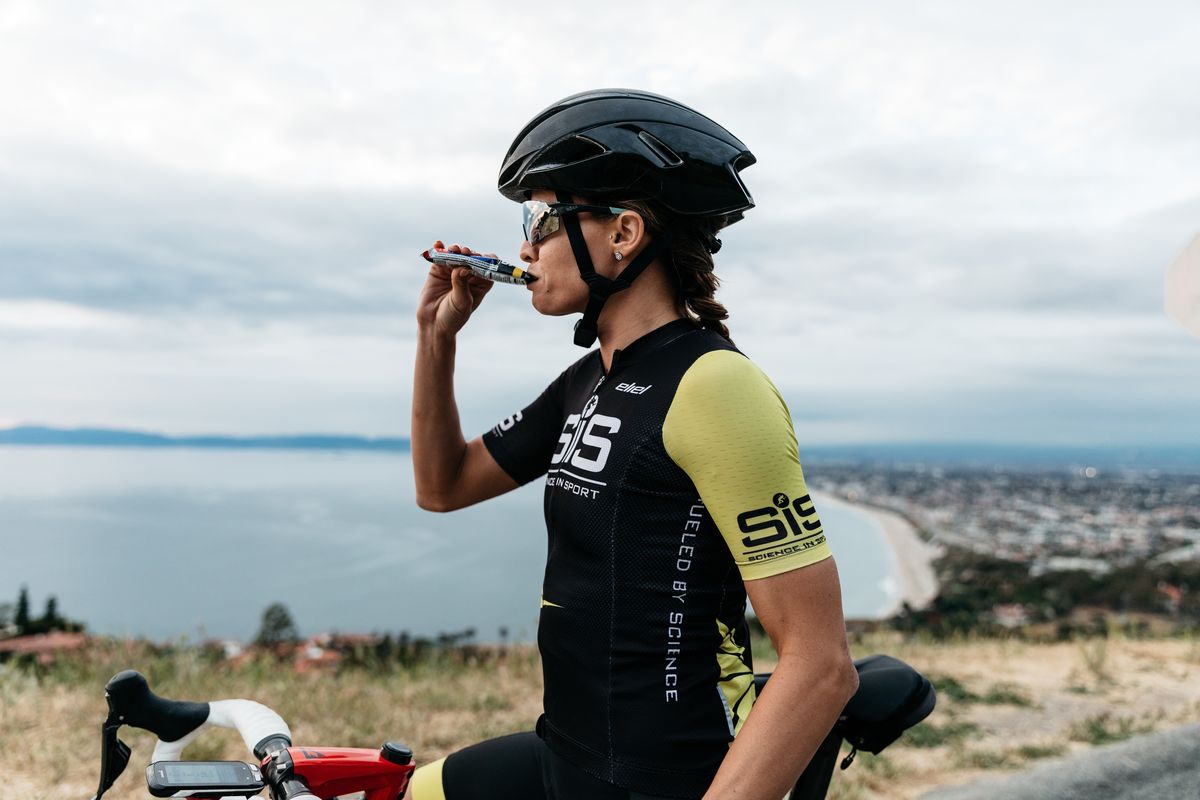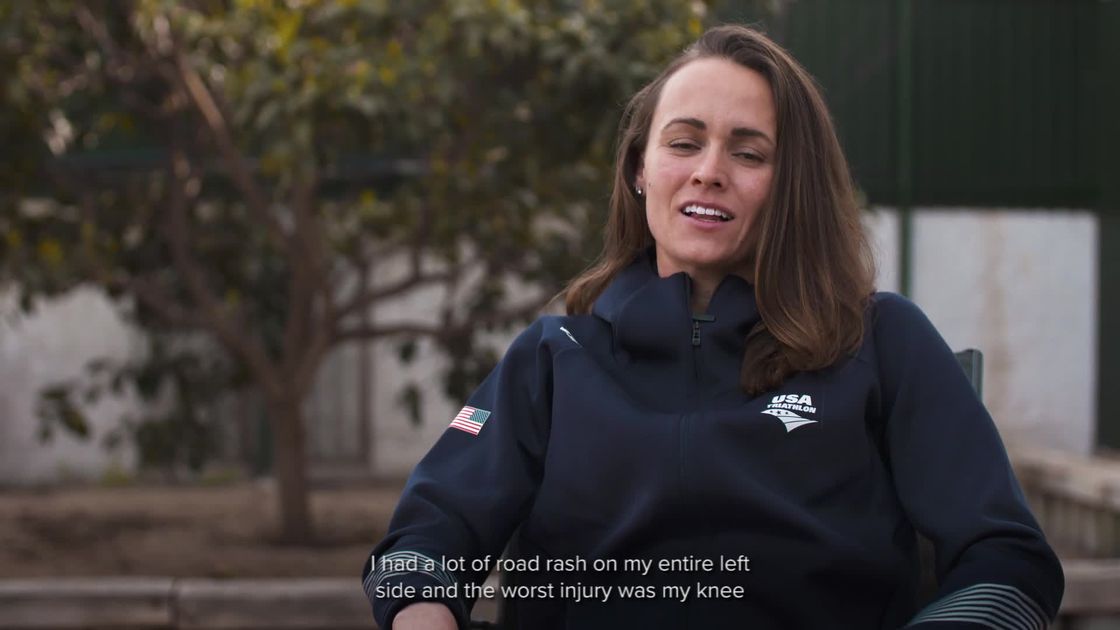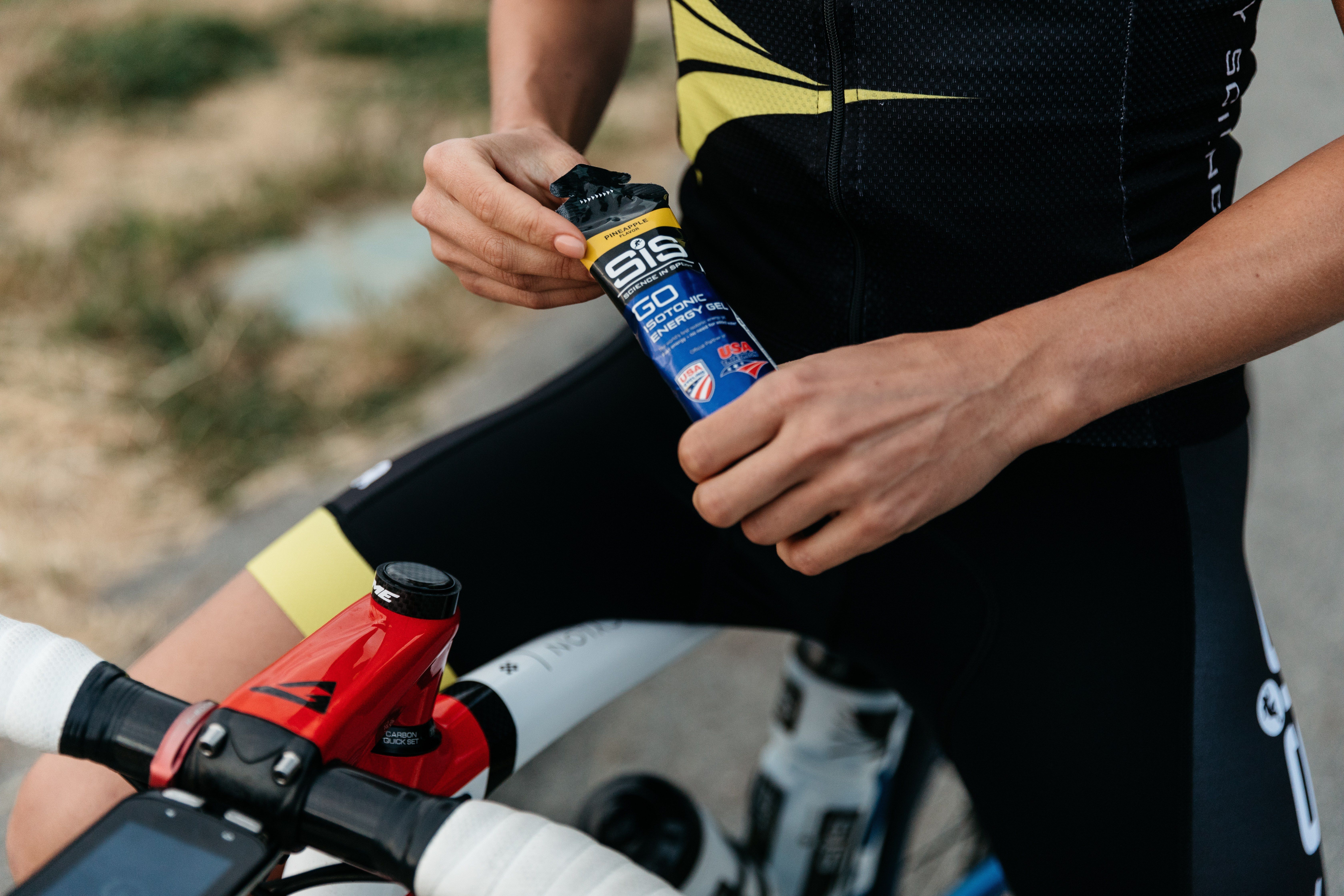It was the kind of injury you don’t think you’d ever come back from. It could have been career-ending. It was life-changing, but not how you'd expect. For professional triathlete Taylor Spivey, a gruesome accident in 2014 was the catalyst for her to train and race harder than ever.
Spivey had just graduated from California Polytechnic State University and was in her first year as a pro. She was supposed to go for an easy ride followed by brunch. But plans changed, and she ended up going on a hard group ride with about 75 people, including her dad—it was his birthday.
Spivey knew the section of road she was riding was notoriously in a constant state of repaving. But she still didn't spot the bump in the road. Riding hard, the impact sent Spivey careening. She would learn later exactly how many bones she had broken. What she knew immediately was that this was bad. A large gash above her left knee left her staring directly at her exposed kneecap and tendons.
“I was in a lot of shock,” Spivey recalls.
That's probably a major understatement. Spivey's knee only required five stitches but the tendon was badly scraped and so swollen that some of the surrounding muscle and other tissue was basically gone; there is still missing tissue today. She also suffered two broken bones in her hand, severe road rash, and required stitches on her elbow.
It was an injury that would have led many an athlete to call it quits. Following an initial MRI, all Spivey was really told to do was take care of her wounds and clean them.
“I couldn't lift my foot up or walk forward. I'd walk backward while dragging my heel with my right arm crutch,” Spivey recalls about the days following her accident. “For a few months afterwards, despite intense cleaning, I had gravel seeping out of my wounds. The process of re-bending my knee took a really long time. I still can't completely bend it.”
Still, she never lost her competitive spirit or focus. With major support from her healthcare team, she aggressively attacked her rehab and recovery, though it was nearly eight weeks before she returned to any activity.
First came swimming ; floating in the ocean after about four weeks, then pool swimming after six weeks with a paddle to aid her broken hand. “I probably shouldn't have gone back that early,” Spivey admits, “but I was going stir crazy. My stubbornness and inability to sit still expedited my recovery.” Spivey was happy to just be moving again. A couple months after her initial dip in the water, Spivey got on a stationary bike. As she progressed, her thoughts wandered beyond just being able to walk and ride normally again to returning to elite training.
With Tokyo 2020 delayed due to the COVID-19 global pandemic, Spivey will use the extra year to train for her first attempt to represent team USA. Recently, she spoke with Runner’s World about how an experience that could have been catastrophic helped make her one of the top triathletes in the world, and the lessons she learned while coming back from that devastating injury.
No one is invincible
Competitive athletes have to train and race hard—it’s what they’re paid to do. And in order to be successful, they have to be aggressive. Spivey still does and is all those things. What she is not is invincible. That was the first and biggest lesson her accident taught her.
“My injury played a big role in who I am as a cyclist today,” she says. “On the bike, it’s not a question of if you’re going to get hurt, it’s a question of when—because everyone is going to crash at some point. Mine happened to be really bad.”
Today, Spivey says she's much more aware of her surroundings and more cautious when riding. “Before my accident, I never would have even thought of looking ahead,” she says. “[Now] I think I see things coming before anyone else I’m riding with, because I anticipate it.”
Patience is a virtue
Athletes know it takes years and years of dedication and hard work to achieve the height of success in their sport. Spivey now knows this is just as true for injury recovery—her injury kept her out of training and competition for months.
All that waiting around can take a huge mental toll on an athlete. But Spivey knew rushing back to training too soon wouldn’t set her up for success. More likely, it would lead to lasting damage. “Regardless of how an injury happens, it’s going to take time to recover,” she says. “My mom would tell me that if you keep picking at a scab, it’s never going to heal. If you let it rest and you take care of it, it will heal a lot faster.”
Spivey, like most injured athletes, knows it’s hard to balance the urgency to rest with the desire to get back out there. “All you want to do is train,” she admits. “But sometimes getting better means taking a step back.”
Listening to your body is critical
Just because it’s cliché doesn't mean we need to hear it any less. Listening to your body isn’t just responsible training advice that can help avoid injuries in the first place. Doing so will also help you recover and come back stronger if you do get hurt.
“If you’ve had niggles, you need to be aware,” Spivey says of every athlete’s nemesis: the overuse injury. “If I have a tear in my shoulder, I have to do a few simple exercises every day and it won’t hurt me at night when I sleep. That’s all I need to do.”
A former ocean lifeguard in Los Angeles County, the athlete equates staying ahead of an overuse injury to watching the water. “If you see a little kid about to go into the water and his parents aren’t paying attention, don’t wait until he’s in the water and drowning to help him. Go down there before and talk to him,” she says.
The finish line isn’t always the goal
Unlike with overuse injuries, the damage that resulted from Spivey’s accident was catastrophic. She had no choice but to be sidelined. She was also forced her to listen to her body on the road to recovery. Her rehabilitation process became her new training plan.
“When I was injured, I couldn’t do much,” she says. “My day was consumed with cleaning my wounds, e-stimulation therapy, and stretching. It was a new way of training. It replaced what I was used to doing, but it led me to the same end goal—competing.”
Getting to the finish line, collecting your medal, or making a podium is nice—especially when it means you get to represent your country on the grandest stage. But the value doesn’t come from the end result of training. It comes from the work itself, the road taken to get there. Even if you hit a bump along the way.
Heather is the former food and nutrition editor for Runner’s World, the author of The Runner’s World Vegetarian Cookbook, and a seven-time marathoner with a best of 3:31—but she is most proud of her 1:32 half, 19:44 5K, and 5:33 mile. Her work has been published in The Boston Globe, Popular Mechanics, The Wall Street Journal Buy Side, Cooking Light, CNN, Glamour, The Associated Press, and Livestrong.com.















